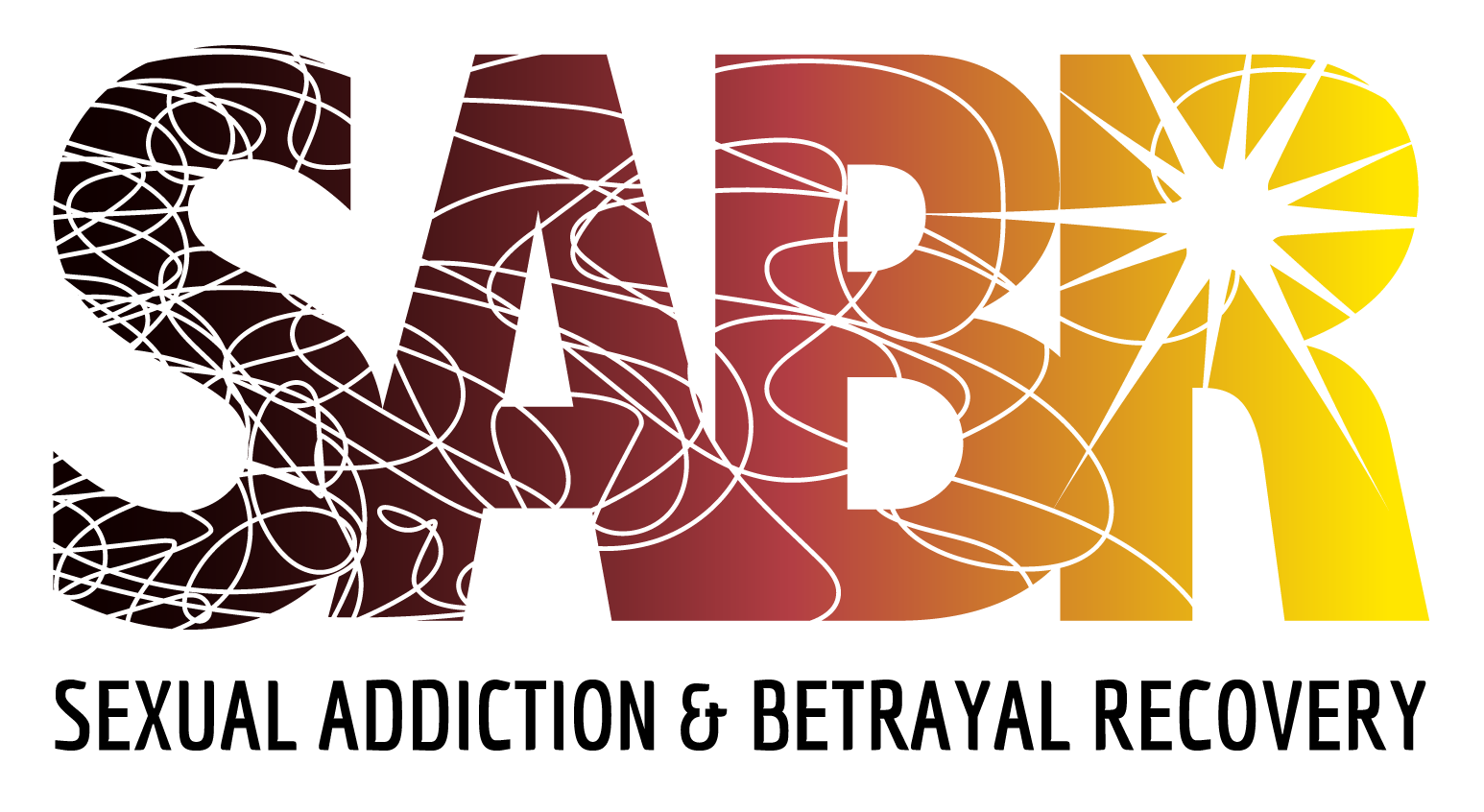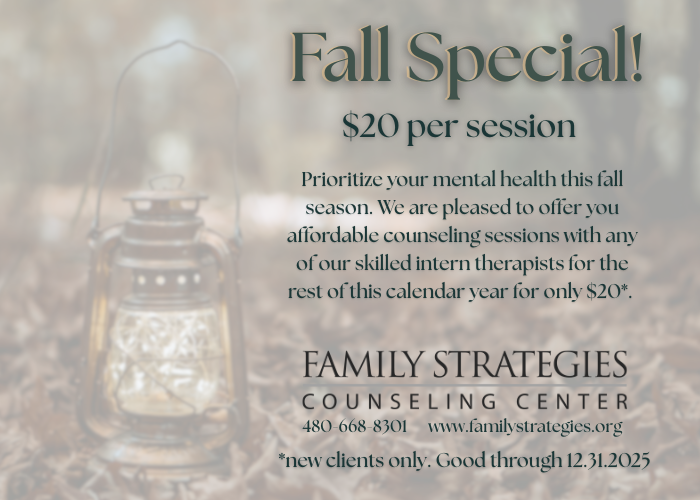
Pornography addiction is a significant issue affecting many individuals today, impacting both mental health and personal relationships. As internet pornography becomes more accessible, understanding the symptoms of porn addiction and the challenges in recovery is crucial for effective treatment. Gary Wilson’s book, Your Brain on Porn: Internet Pornography and the Emerging Science of Addiction (2014), provides valuable insights into these aspects, including the common pitfalls encountered during recovery, such as "edging."
Symptoms of Porn Addiction
Porn addiction can be identified through various symptoms that disrupt an individual's daily life and emotional well-being:
- Compulsive Use: An inability to control the consumption of pornography, leading to excessive time spent viewing it.
- Escalation: The need to view increasingly extreme content to achieve the same level of arousal, similar to the tolerance seen in substance addictions.
- Interference with Daily Life: Neglect of personal and professional responsibilities, relationships, and hobbies due to excessive porn use.
- Emotional Distress: Feelings of guilt, shame, or anxiety related to porn consumption, which can further perpetuate the addiction cycle.
- Physical Symptoms: Sexual dysfunctions, such as porn-induced erectile dysfunction (PIED), where normal sexual activity fails to produce arousal or satisfaction.
Common Pitfalls in Recovery
Recovery from porn addiction is often fraught with challenges. Understanding and addressing these pitfalls is crucial for successful rehabilitation.
Edging
"Edging" refers to the practice of stimulating oneself almost to the point of climax but stopping just before orgasm. This behavior can prolong porn use sessions and intensify the addiction by continuously engaging the brain’s reward system without full release. Wilson (2014) highlights how edging can be particularly detrimental during recovery, as it keeps the brain in a heightened state of arousal and hinders the healing process.
Triggers and Relapses
Recovery can be disrupted by exposure to triggers—situations, images, or feelings that prompt the urge to view pornography. Without adequate coping mechanisms, these triggers can lead to relapse. It is essential for individuals to identify their triggers and develop strategies to manage them effectively.
The Illusion of "Moderation"
Some individuals may attempt to moderate their porn use rather than quit entirely. This can be a significant pitfall, as the addictive nature of pornography makes moderation challenging. Often, attempts at moderation lead to a return to previous levels of consumption or even escalation.
Emotional Withdrawal
The process of quitting porn can lead to emotional withdrawal symptoms, such as irritability, anxiety, or depression. These symptoms can be discouraging and may drive individuals back to porn use as a coping mechanism. Support from therapists and support groups is vital during this phase to help manage these emotional challenges.
Educational Strategies
Education plays a crucial role in recovery. Understanding the neurobiological impact of porn addiction and the benefits of abstinence can empower individuals to commit to their recovery journey. Educational resources, such as those provided by Wilson, can offer insights into the addiction process and recovery strategies.
The Role of Therapeutic Intervention
Therapeutic interventions are essential for addressing the psychological aspects of porn addiction. Cognitive-behavioral therapy (CBT), for instance, helps individuals recognize and change the thought patterns that contribute to their addictive behaviors. Support groups and counseling sessions provide a platform for sharing experiences and gaining encouragement from others facing similar challenges.
Conclusion
Porn addiction is a pervasive issue that requires a comprehensive approach to treatment. Recognizing the symptoms and understanding the common pitfalls in recovery, such as edging, are critical steps in overcoming this addiction. With the right educational strategies and therapeutic interventions, individuals can successfully navigate their recovery journey.
Family Strategies Counseling Center has actively serviced clients since 2000 in treatment for pornography addiction or sexually compulsive behavior. Our SABR program for adults, Tribe for college students, and Band of Brothers for teens can help you! Give us a call at (800) 614-8142 or visit our website for more information: Family Strategies Counseling Center.
References
Wilson, G. (2014). Your Brain on Porn: Internet Pornography and the Emerging Science of Addiction. Commonwealth Publishing.

 -->
-->